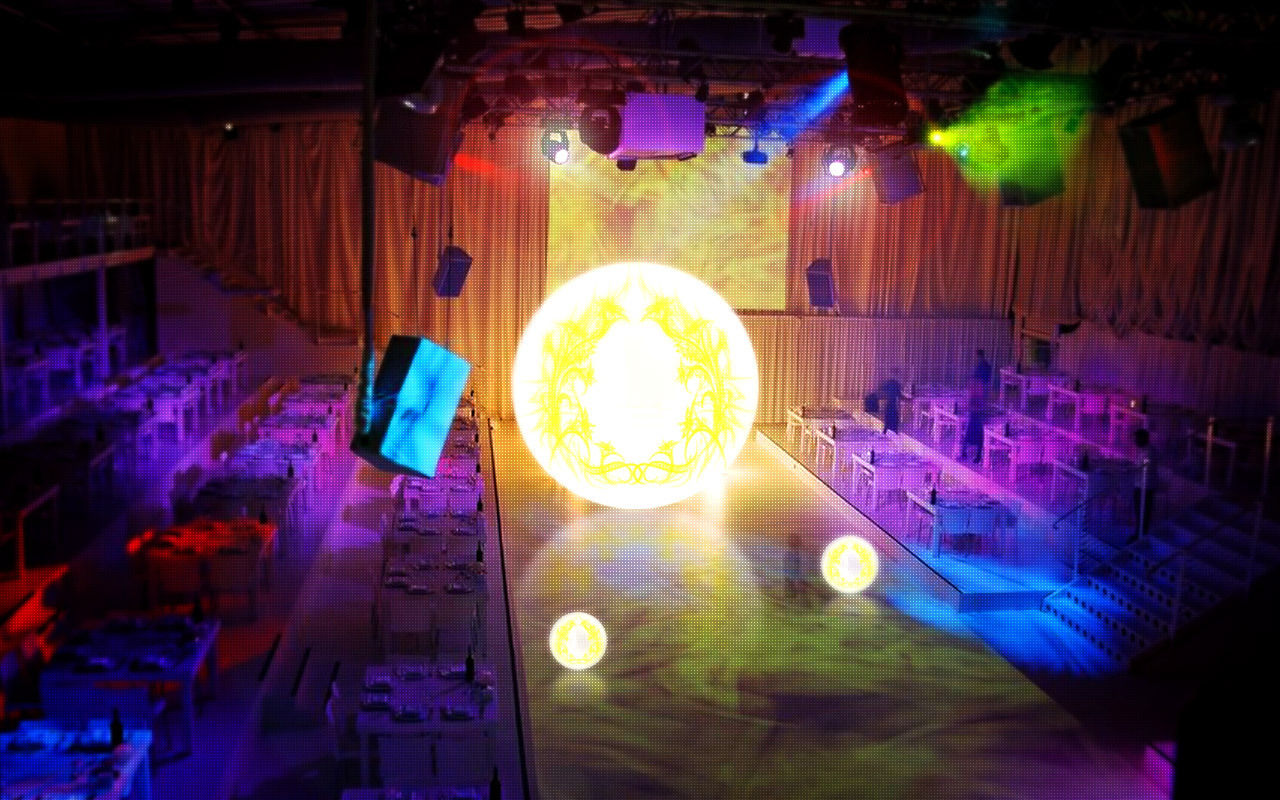What is the Difference Between Canon EF and EF-S Lenses?
- Ammar Legato

- Jul 17, 2016
- 3 min read

Canon EF and EF-S lenses refer to the mount type of the lens, which also differentiates between the sensor type. At the time this is published, Canon offers two sensor types in its DSLRs – full frame and APS-C (or crop sensor).
1-The full frame sensor is the larger of the two. It is the size of a 35mm film frame – 36mm x 24mm.
2-The Canon APS-C sensor is smaller at 22.3mm x 14.9mm.
The field of view (how much of a scene you can see through the viewfinder) is smaller when using the same lens on an APS-C format camera than it would be on a full frame camera.

For example, a Canon EF 50mm f/1.8 lens produces a field of view equivalent to an 80mm lens when used on a Canon APS-C format camera like the Canon Rebel line. This is often times referred to as a “crop factor”.
So, Canon APS-C cameras have a 1.6x crop factor.
EF vs. EF-S Lenses

Put simply, Canon EF-S lenses are designed solely for use on Canon APS-C DSLRs. Canon EF lenses are designed to work with full frame and APS-C DSLRs from Canon.
Canon EF-S lenses have a smaller image circle that is only big enough to cover the smaller sensor found on Canon APS-C cameras. If a Canon EF-S lens were to be used on a full frame DSLR, it would produce heavy vignetting (the corners would be black) because the image circle produced by the lens is too small to cover the larger sensor.
Canon EF lenses have been around since the film SLR days. They were designed to cover a 35mm film frame. Because EF lenses have a larger image circle, they will cover full frame sensors and APS-C sensors.
Benefits of EF-S Lenses

Canon EF-S lenses are generally smaller and lighter than Canon EF lenses because less glass and a smaller lens barrel is required to produce an equivalent field of view for a lens that goes on an APS-C camera, like the Canon Rebel line, when compared to a full frame camera.
Additionally, the EF-S line of lenses are generally more affordable. Canon does not produce a “professional” category of EF-S lenses like the pro “L” lenses you find on the EF mount. Canon uses lower grade materials, while still producing solid results, for its EF-S line of lenses.
Should I Buy EF or EF-S Lenses?

Hopefully, you are now aware of which Canon lenses are compatible with your camera. As to which lens you should buy, my suggestion is to buy the one that fits your needs. If you want an extremely wide angle lens for your Canon Rebel or 70D, then you’ll need to look at the EF-S line of lenses for something like the EF-S 10-22mm f/3.5-4.5 USM, which will look like a 16-35mm lens on your camera. You can’t find a non-fisheye lens this wide in Canon’s EF line up.
If you are worried that you might upgrade someday to a full frame camera, don’t. Quality EF-S lenses hold their resale value just fine. Buy the lens that fits your needs now. If that means you want a massive EF telephoto lens, then go ahead. If you upgrade to a full frame camera later, it will work fine. You can hang on to your EF lenses, sell your EF-S lenses and buy their full frame equivalents after you upgrade.










Comments